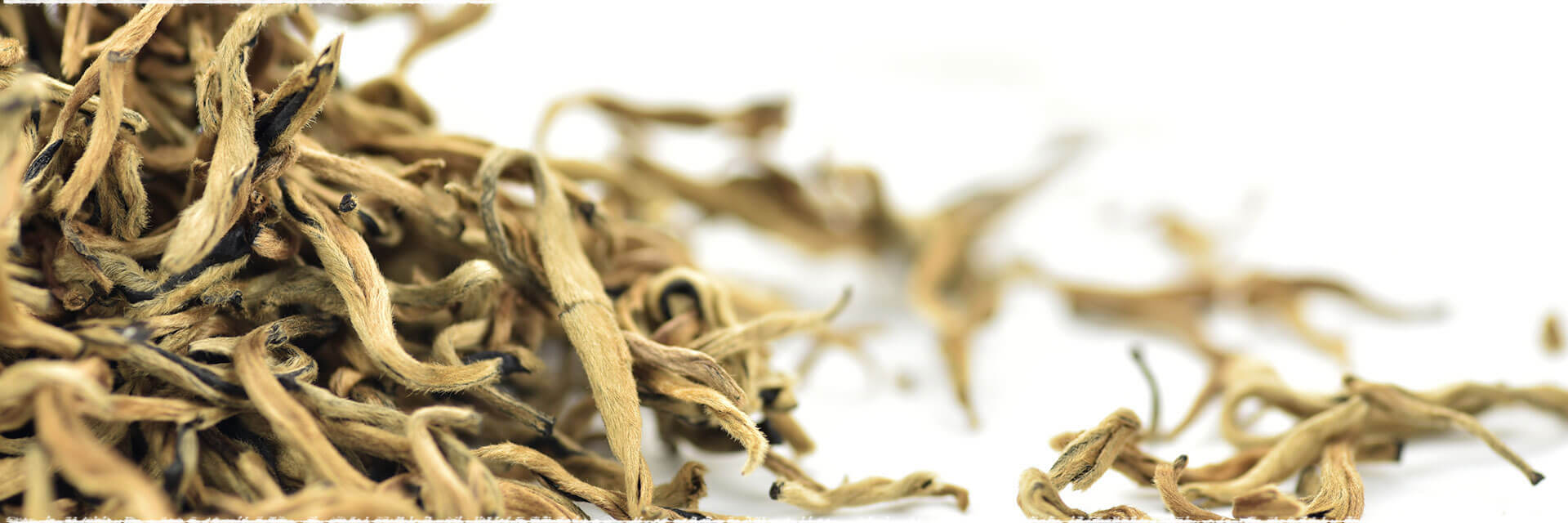Life always favors people who pay attention to observation, and so is it when drinking tea. As long as you keep an eye on it, you will find that in these small tea leaves there seems to be a big deal of knowledge.
Many tea lovers will find that the dry tea leaves are coated with fuzz when drinking some kinds of teas, which will also float up after brewing. Please don’t worry; it’s not something dirty or harmful substance, but having a scientific name, “pekoe”.
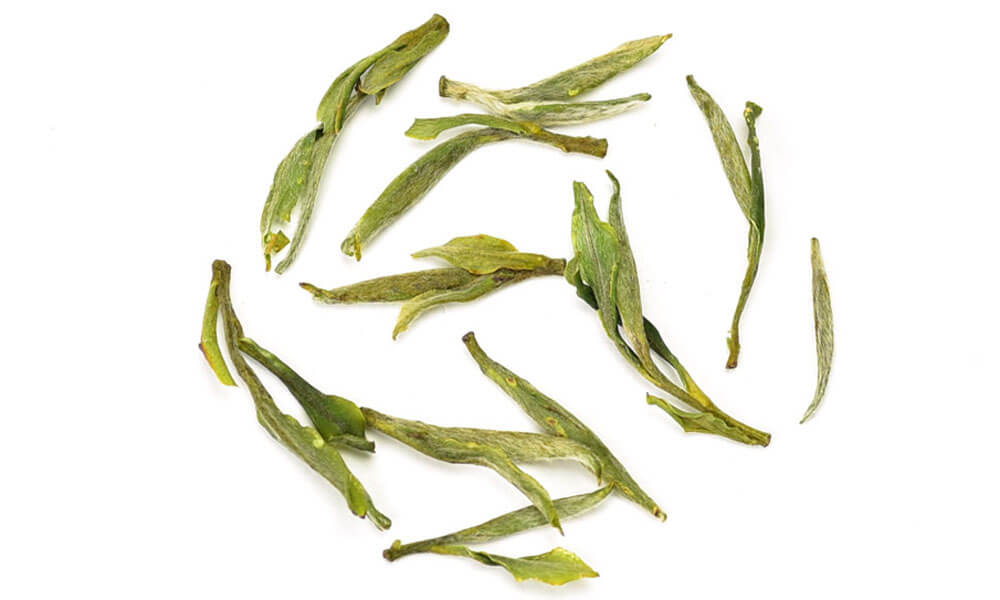

What is pekoe?
Pekoe is the fuzz on the tea bud, also named as tea hair and often present on the young shoots of tea tree, which is rich in nutrients such as theanine and tea polyphenols. In general, it plays as an important indicator of tea tenderness in many cases. Pekoe has a lot to do with the craft process of tea, based on which the variety of teas are classified. The pekoe on unfermented green tea is white, while shows golden on fully fermented black tea, which explains why the green shoots will eventually turn into pekoe in different colors.
Reference:Tea leaf grading from wikipedia
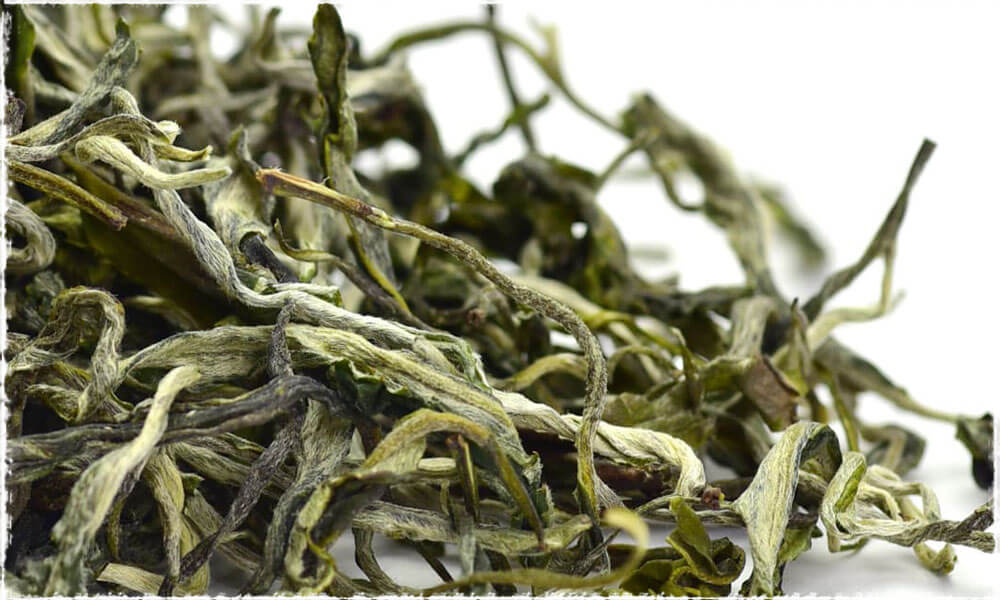
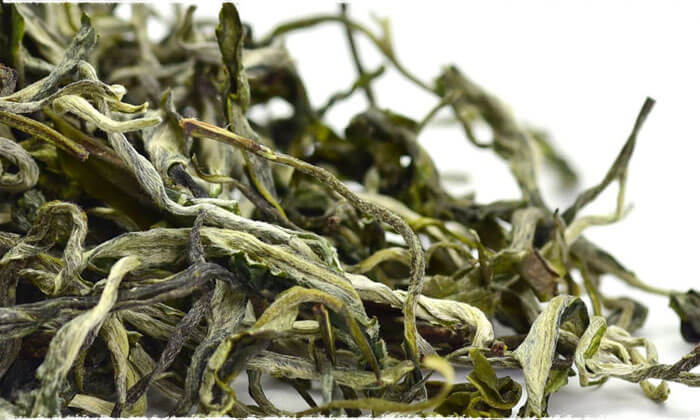
The growing of pekoe
Although pekoe is the fine hair which is dense on tea buds, it will be diverse because of different growing period or coming from different varieties. As the temperature rises in spring, the tea buds sprout to expand and the pekoe grows gradually until growing to a certain length. At this time, the leaves have not grown and the pekoe is the densest.
However, as the tea gradually matures, the pekoe will fade away, apparently distributing in the first leaf>the second leaf>the third leaf. Therefore the famous high-quality tea known for its pekoe is giving priority to buds or one bud with one leaf, and couple with special processes to highlight the characteristics of pekoe.
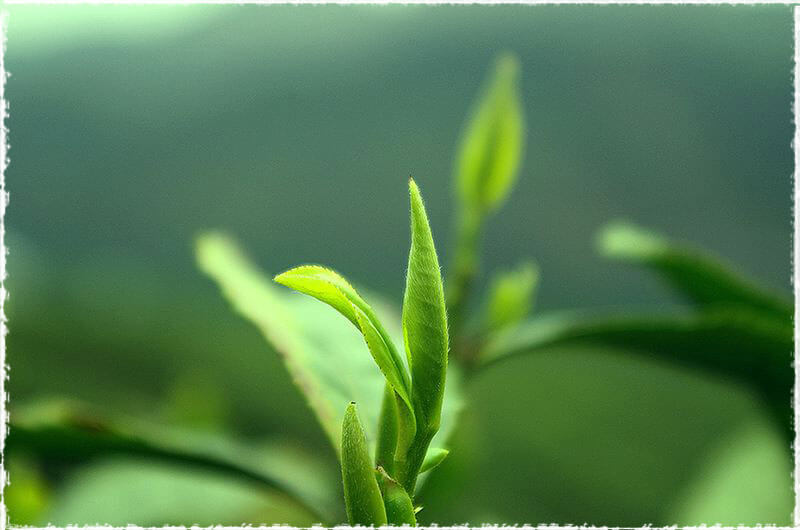
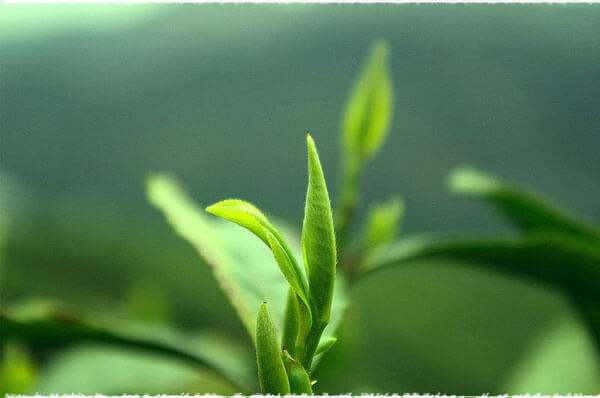
The influences of pekoe on the quality of tea
Why is there pekoe, which is a question making many people confused. Actually pekoe is a manifestation of the feature in tea variety, and it is not only the protector for the shape of tea, but also an indicator of young shoots and high-quality tea. Tea polyphenols, caffeine, water extracts and other components in pekoe are significantly lower than the content in the tea itself; on the contrary, the amino acid content in pekoe is distinctly higher.
Pekoe can affect the aroma of tea. As the fine hair on young buds, there are special gland cells at the base secreting aromatic substances, which will be fully mobilized during the craft process to emit a unique flavor, what we often said “pekoe aroma”.
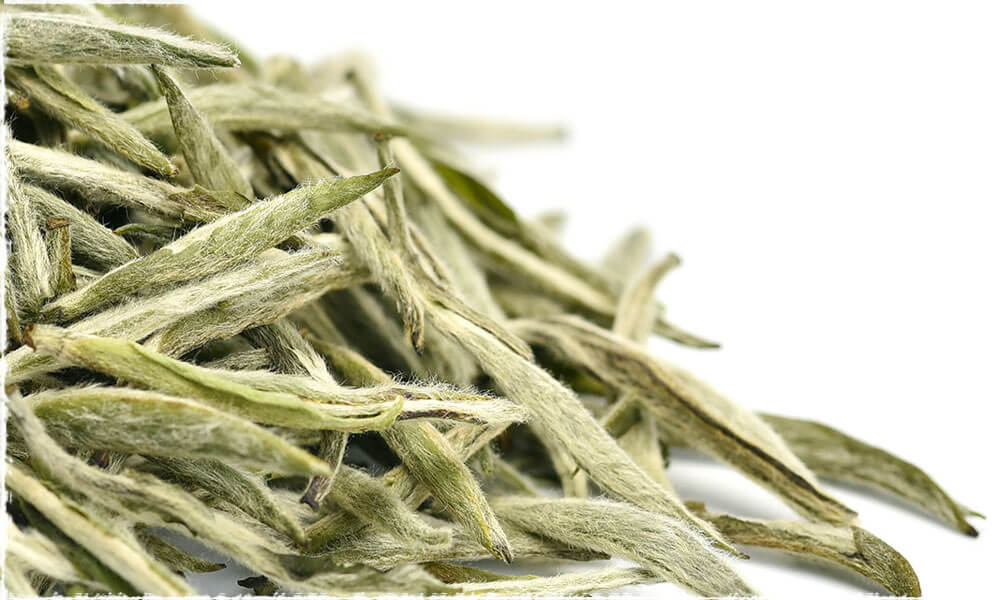
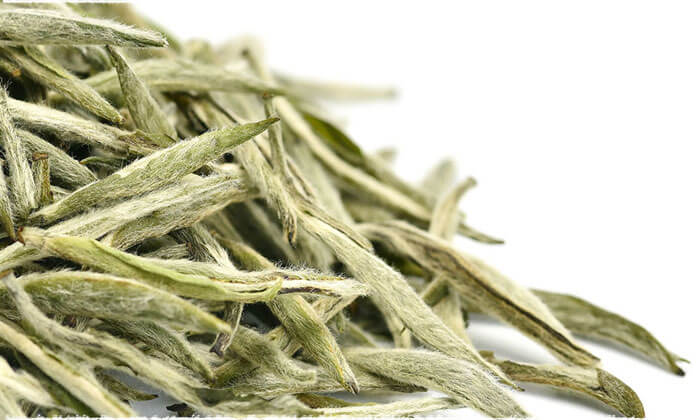
Pekoe will also affect the taste of tea. It carries less tea polyphenols and caffeine itself, let alone pairing with young leaves, which are relatively fresh but without bitterness, so as to directly affect the taste of tea. For consumers, pekoe can be used as one of the important criterion for the assessment of tea’s quality.
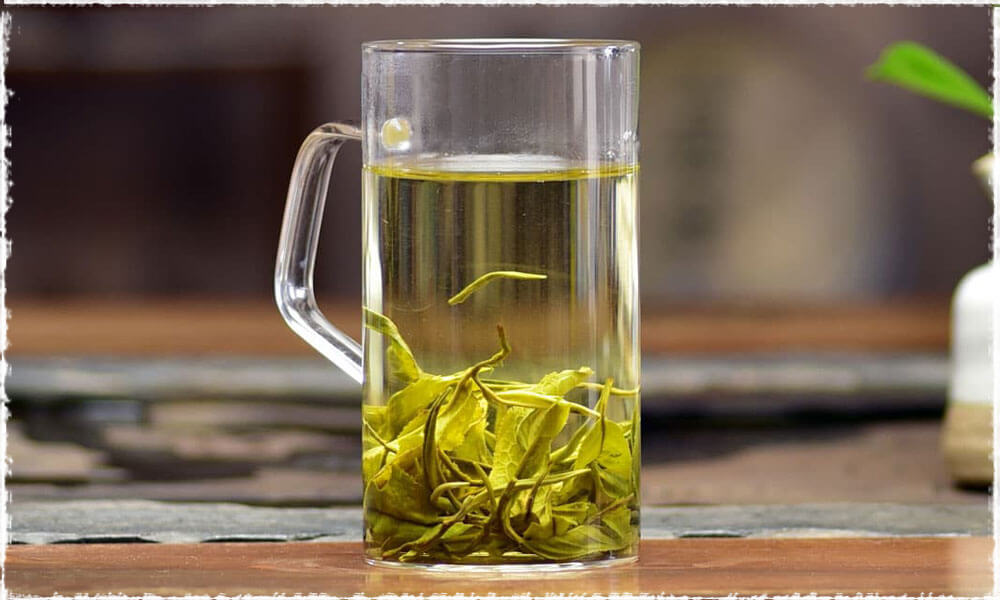

How to differentiate turbidity of tea liquid?
Of course, too much pekoe will lead to turbidity in the tea liquid, often making people misunderstand that the tea is in poor quality. In fact, such turbidity should not be confused with the true meaning of turbidity about the quality of tea, so is there any methods to tell these two kinds of situations?
In general, tea liquid with a lot of pekoe will be slightly turbid in the first two or three infusions, and then it will turn to limpid. In contrast, the turbidity will last no matter how many infusions due to the poor quality of tea leaves.
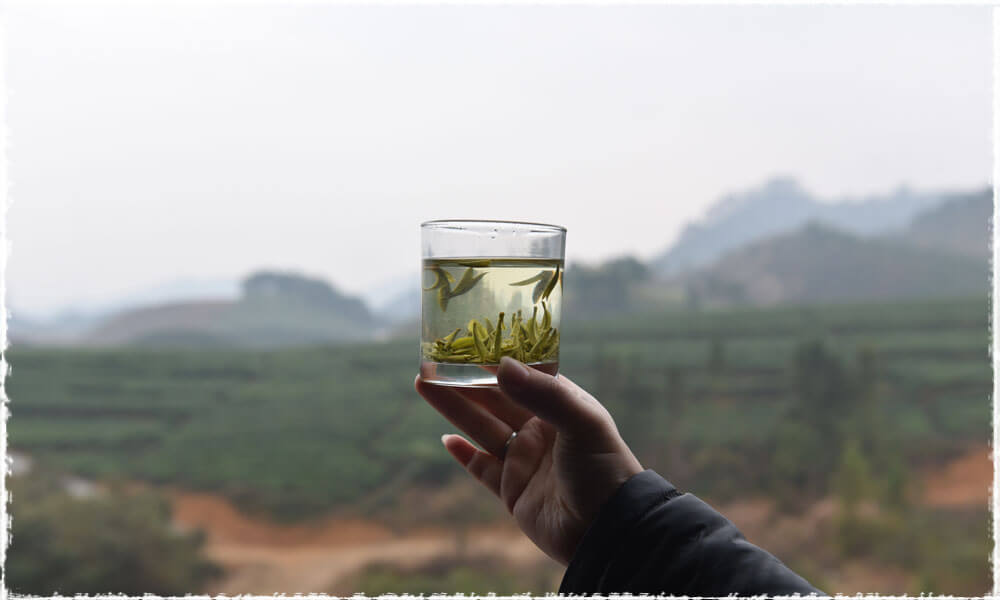
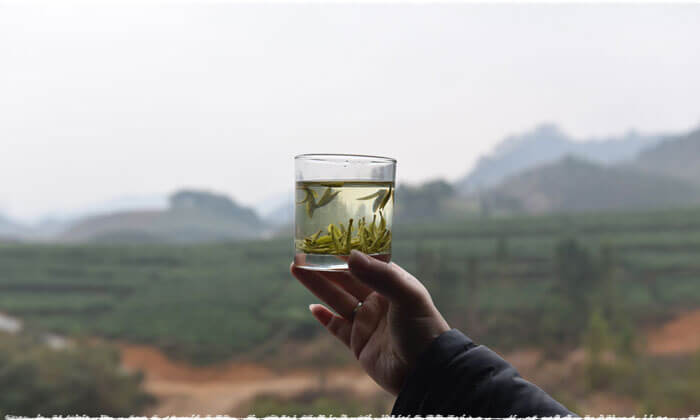
How to distinguish pekoe from mold?
It is well known that affected by high temperature and moisture, tea grows mould easily with small white hair after left for a long time, especially under improperly preserved situation. So how to distinguish the hair comes from pekoe or mould, which can be discussed from appearance, smell, touch and taste of the tea.
Appearance: Pekoe is evenly distributed on the surface of tea leaves. During the craft process, it may fall off a part, and gather into white balls that look like eggs, while mildew is filamentous and in slice shape, often taking up the damp portion of tea leaves.
Smell: Generally, the aging time of mildewed tea is relatively long, which carries strong dusty and musty odor. There’s even smoke when the package is opened in some cases. If the tea is fresh and the white hair is pekoe, it smells refreshing and brisk.
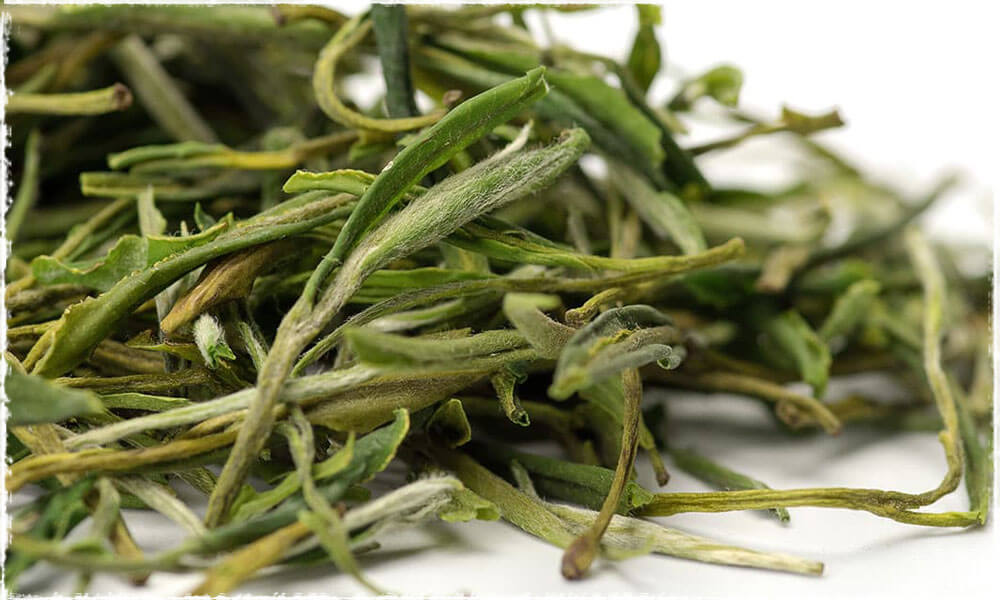

Touch: The finished tea products are strictly dried. The mildewed and deteriorated tea leaves are caused by moisture in most cases, which are soft, even a strong feeling of corruption.
Liquid: the liquid of mildewed tea will be in dark yellow and accompanied with lasting turbidity. When drinking, there will be a numb feel in throat, while tea leaves coated with pekoe taste fresh and brisk.
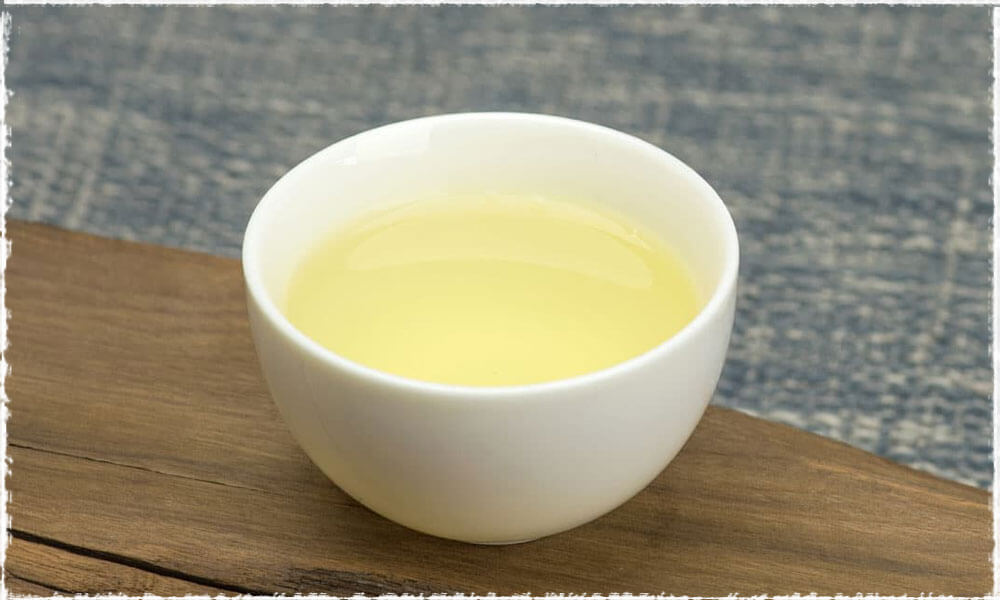

The bud with a lot of pekoe is a trait of good quality for most teas, the tea made from which carries a sense of pekoe fragrance, tasting fresh and cool. However, the amount of pekoe on the tea is not the only criterion for estimating the quality of tea, which is the result of a combination of various factors, not just its pekoe and tenderness. All in all, pekoe as one of the characteristics for some types of teas, we can appreciate it but there is no need to pursue it excessively.
 Exploring the Charms of 2024 Spring Tea Garden with Angel
Exploring the Charms of 2024 Spring Tea Garden with Angel Yingde Black Tea
Yingde Black Tea Matcha vs. Green Tea Powder
Matcha vs. Green Tea Powder
